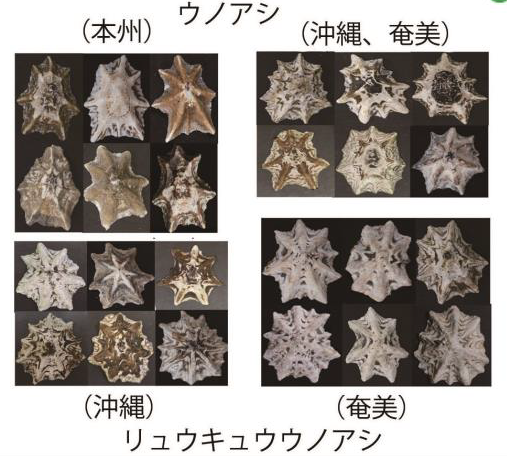ミスマッチ修復タンパク質MSH2-MSH3のDNA二本鎖切断修復における新たな機能を発見 A new function of mismatch repair protein MSH2-MSH3 in DNA double-strand break repair
2023-05-18 韓国基礎科学研究院(IBS)
◆しかし、どの修復プロセスを選択するかやタンパク質の役割についてはまだ解明されていませんでした。この研究では、ミスマッチ修復タンパク質MSH2-MSH3がDSB修復において重要な役割を果たしていることが明らかにされました。研究者たちは、MSH2-MSH3がDSB部位に結合し、損傷DNAの長距離再切断を促進することを観察しました。
◆さらに、MSH2-MSH3の結合がエラープロンなTMEJ経路を媒介するPOLθのアクセスを阻害し、DSB修復中の変異を防ぐことも明らかになりました。
◆この研究は、ミスマッチ修復タンパク質MSH2-MSH3の新しい機能と、異なる修復メカニズムを持つ修復タンパク質が相互作用して適切な修復プロセスを選択することが示された初めての研究です。
<関連情報>
- https://www.ibs.re.kr/cop/bbs/BBSMSTR_000000000738/selectBoardArticle.do
- https://academic.oup.com/nar/advance-article/doi/10.1093/nar/gkad308/7151344
MSH2-MSH3はSMARCAD1やEXO1との相互作用により、相同組換え時のDNA末端切除を促進し、ポリメラーゼシータを介した末端接合を阻害する MSH2-MSH3 promotes DNA end resection during homologous recombination and blocks polymerase theta-mediated end-joining through interaction with SMARCAD1 and EXO1
Jung-Min Oh, Yujin Kang, Jumi Park, Yubin Sung, Dayoung Kim, Yuri Seo, Eun A Lee, Jae Sun Ra, Enkhzul Amarsanaa, Young-Un Park,Seon Young Lee, Jung Me Hwang, Hongtae Kim, Orlando Schärer, Seung Woo Cho, Changwook Lee, Kei-ichi Takata, Ja Yil Lee, Kyungjae Myung
Nucleic Acids Research Published:04 May 2023
DOI:https://doi.org/10.1093/nar/gkad308

Abstract
DNA double-strand break (DSB) repair via homologous recombination is initiated by end resection. The extent of DNA end resection determines the choice of the DSB repair pathway. Nucleases for end resection have been extensively studied. However, it is still unclear how the potential DNA structures generated by the initial short resection by MRE11-RAD50-NBS1 are recognized and recruit proteins, such as EXO1, to DSB sites to facilitate long-range resection. We found that the MSH2-MSH3 mismatch repair complex is recruited to DSB sites through interaction with the chromatin remodeling protein SMARCAD1. MSH2-MSH3 facilitates the recruitment of EXO1 for long-range resection and enhances its enzymatic activity. MSH2-MSH3 also inhibits access of POLθ, which promotes polymerase theta-mediated end-joining (TMEJ). Collectively, we present a direct role of MSH2-MSH3 in the initial stages of DSB repair by promoting end resection and influencing the DSB repair pathway by favoring homologous recombination over TMEJ.


